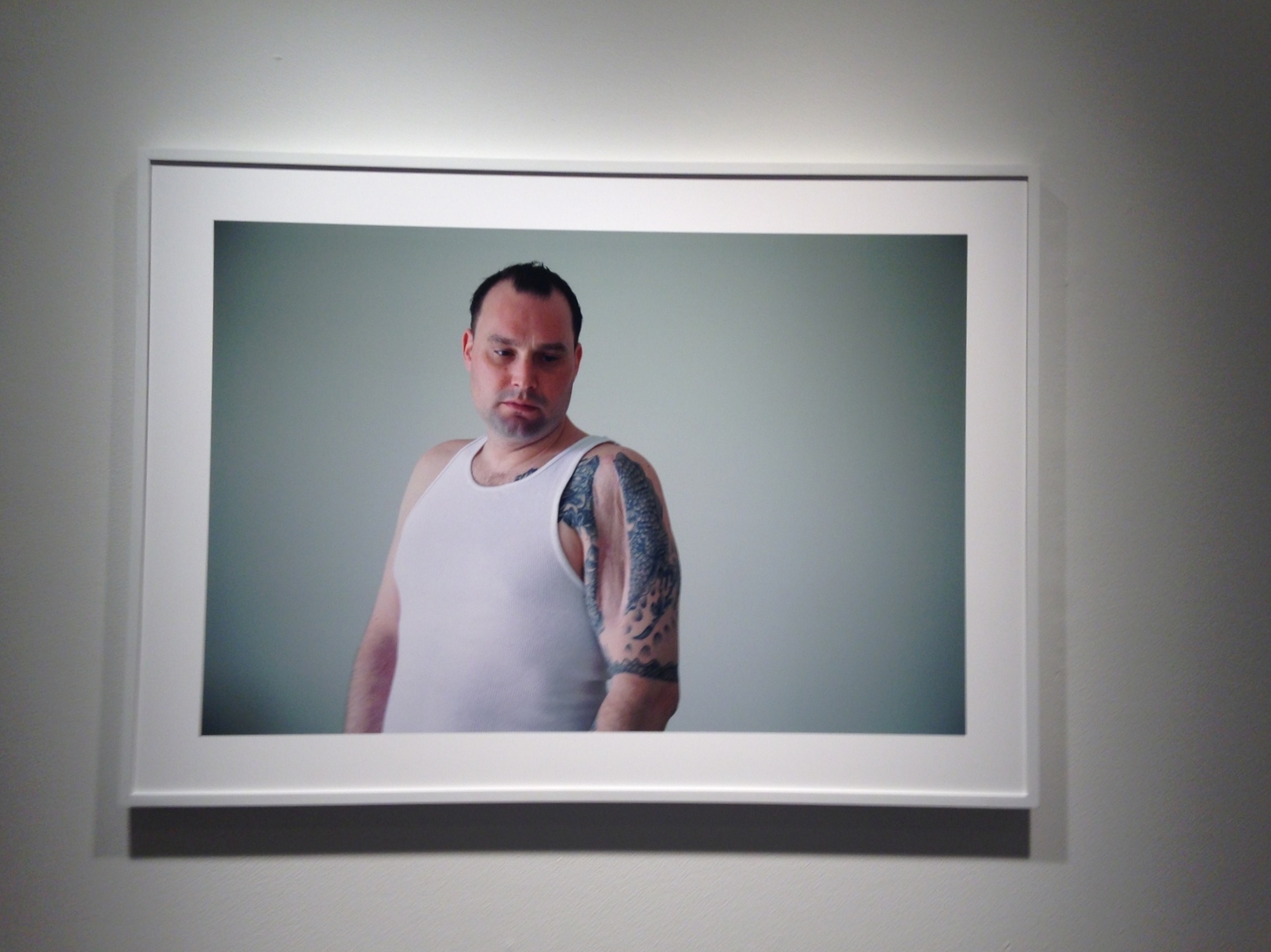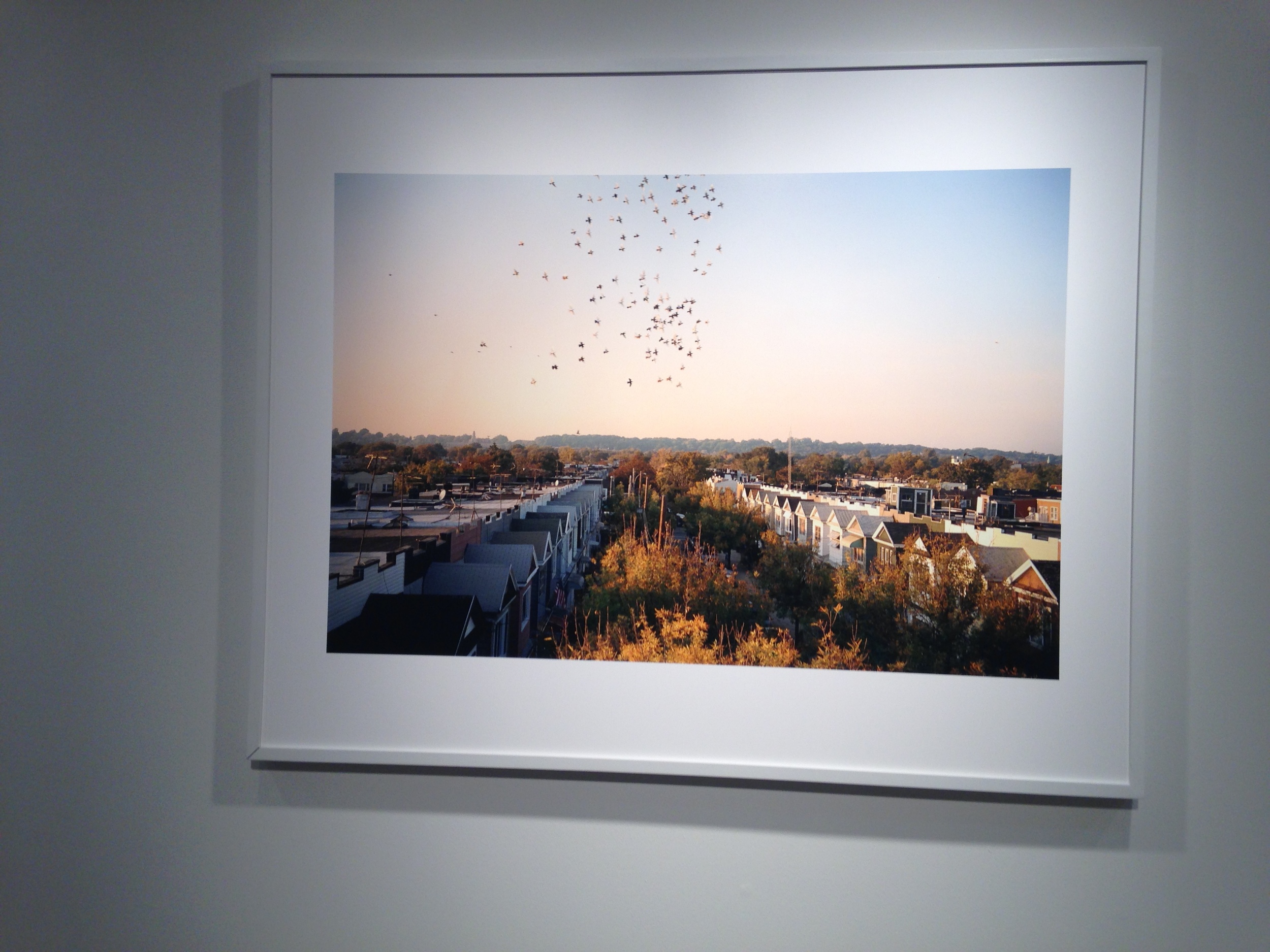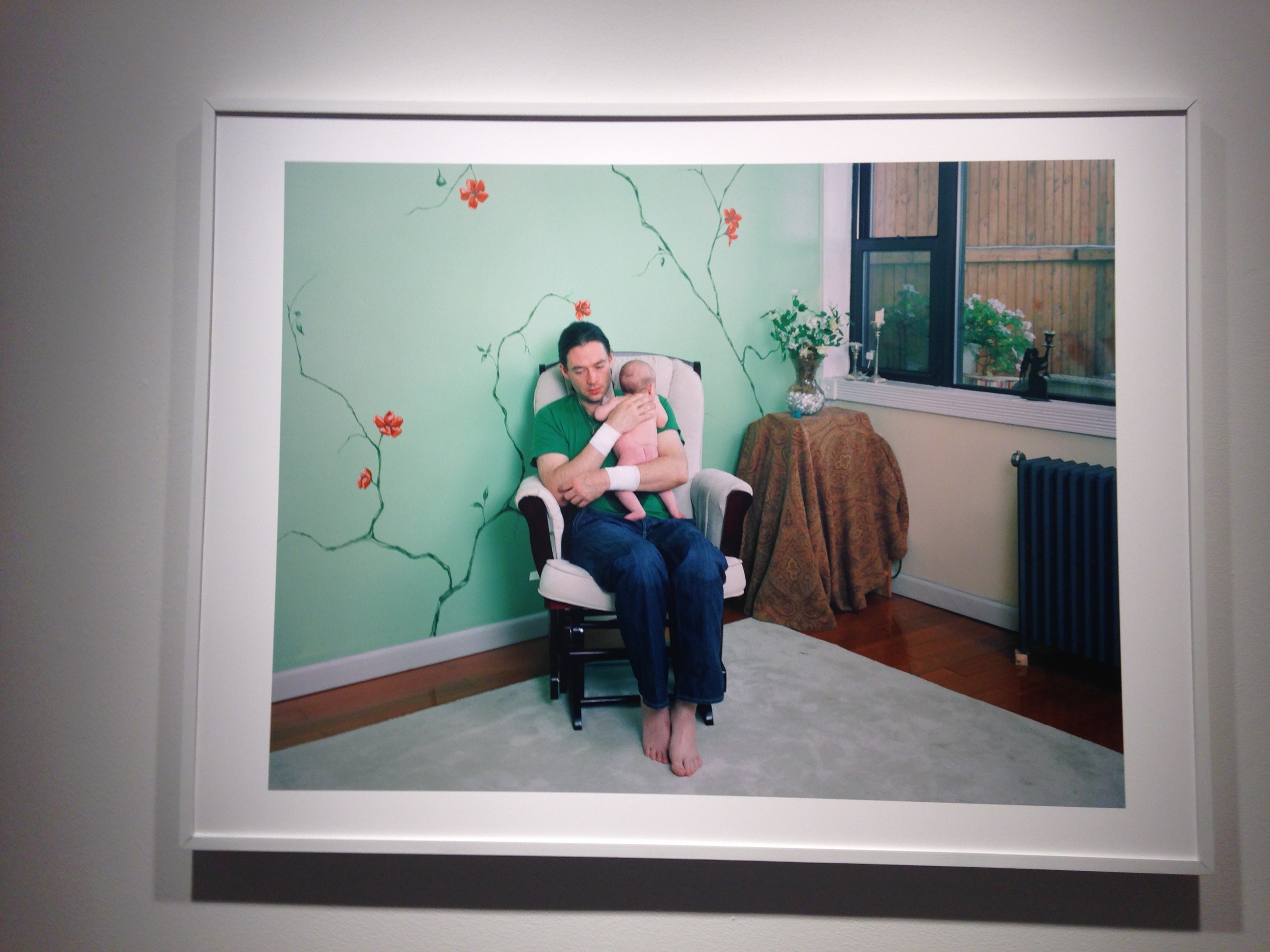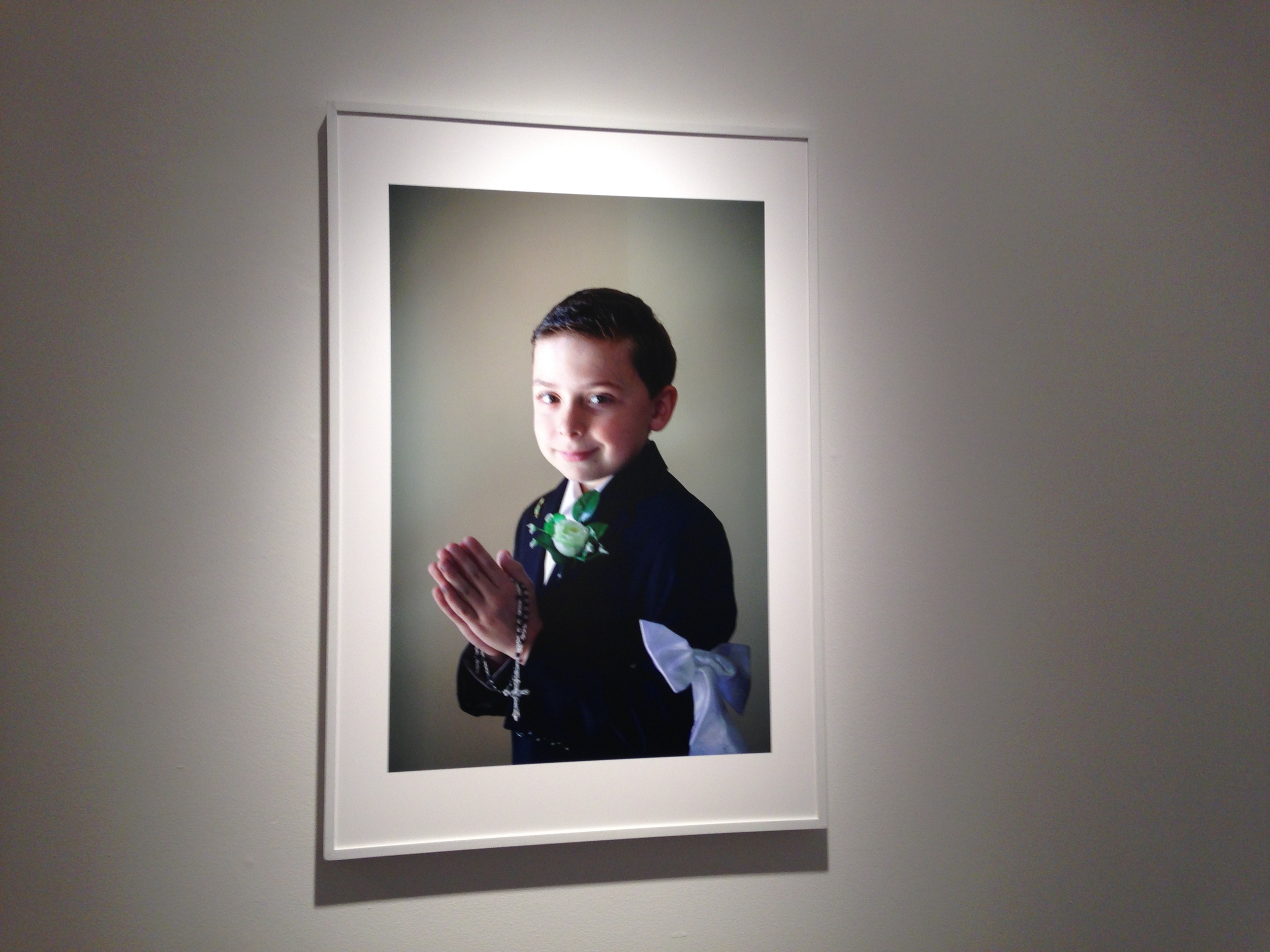'All The Queens Men' Exhibition explores Masculinity in the Barbara Walters Gallery
Katie Murray’s photography show “All The Queens Men” opened on Nov. 18, and runs until Dec. 19, at the Barbara Walters Gallery in Heimbold at Sarah Lawrence. The show “explores the rites, rituals, and relationships of men.”
Murray has been an SLC faculty member since 2013 (as well as at Hunter College, New York University, and School of Visual Arts in New York City). Murray began working on the project in 1999 and published a monograph of “All The Queens Men” in 2013 through Daylight Books.
Some of the photographs show men as part of the landscape, while others have no one actively present in them. A few of the pieces have multiple people in them and show interactions between people as well as with the landscape. A variety of relationships are shown: one photograph shows a man holding a baby, while another shows a group of men. The men in the photographs are part of the spaces they live in, and so those spaces also act as indirect portraits of people.
The show examines the relationships of men to other people and to their environment. Murray explained, “It was never my intention to be critical or neutral, I was simply looking at masculinity, albeit a very particular kind of masculinity. I was most interested in trying to reveal and understand the evolution of this brand of manhood, and with tying that evolution, to a universal understanding of manhood.”
The title of the exhibition, “All The Queens Men,” references the location where the photographs were taken. “All of the images were made in Queens, N.Y., which is where I grew up and where I currently live. The project began initially with an investigation into the landscape, where I quickly discovered that this place, a place that I had known so well and was so familiar with, had a beautiful and haunting quality to it,” Murray said.
Her interests changed somewhat during the course of the project.“The landscape somehow seemed to carry within it a mixture of openness and secrecy, and these qualities seemed to also be present in the men of this world, which brought me to the understanding that the landscape could not only represent itself but also could reflect upon the character of these men,” Murray said.
The chronological context of the project, as well as the location, is significant to the meaning of the project. Murray explained: “When I began making the work I was most concerned with describing a harshness or coldness in these men, I was looking to reveal how direct and mysterious they were. I wanted to describe their aggression, or the ways in which they flaunted their masculinity.” Events in the world, and in her own life, caused her to look at the project and her subjects in an even more nuanced way.
“Two significant events in my life shifted my interests,” Murray started. “The first was the tragic events of Sept. 11, 2001 and the second was the birth of my first son. As a result of these events, I began to look for, and in some cases construct, images that would tell the tale of trauma and loss, looking to reveal something more uneasy and vulnerable in these men. It also became important for me to consider the masculine roles of the father, son, brother and young boy, and how these roles shifted and changed as these men moved from an interior to an exterior space.” “All The Queens Men” relates to how masculine identities are connected to the circumstances of men, and shows complexity – both what may be intentionally presented and what is beyond that – in identities.
“All The Queens Men” is an engaging and empathetic look at the lives, identities, and relationships of men.
by Miranda Stewart '18
mstewart@gm.slc.edu





